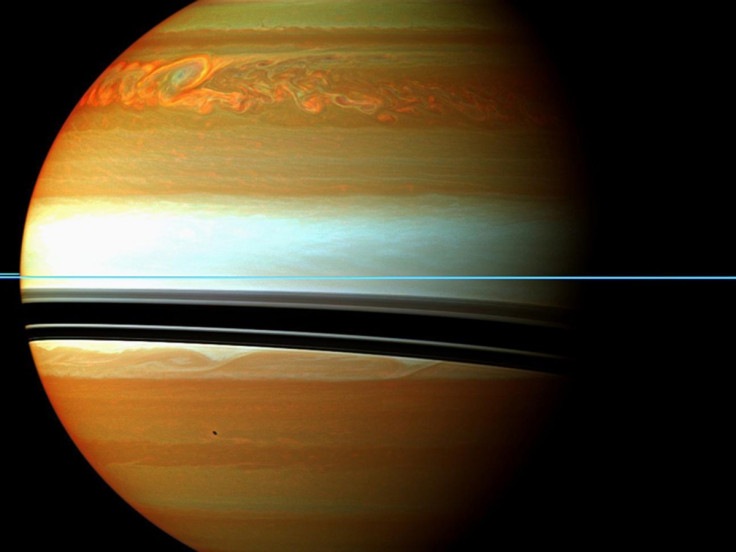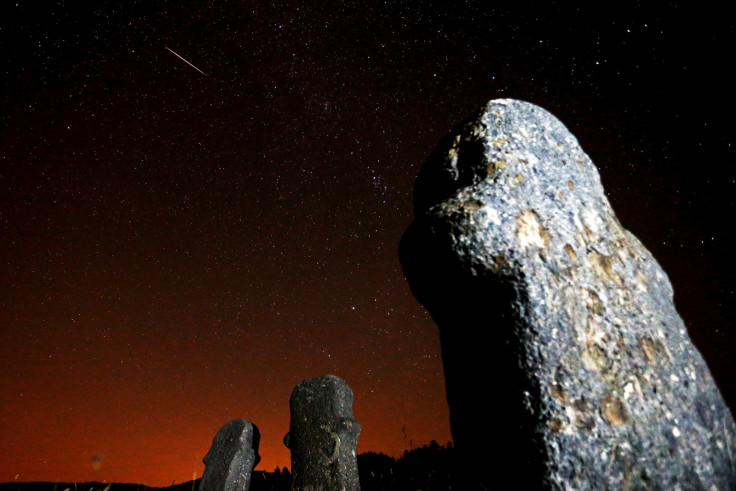Astronomical events of 2016 to watch: Total solar eclipse, meteor showers and three supermoons

Next year is set to be impressive for stargazers, with eclipses, supermoons and visible planets to spot, among other spectacular celestial events. As we enter 2016, here is our round-up of the must-see phenomena taking place.
3 – 4 January: Quadrantids meteor shower
Up to 40 meteors per hour will be visible at the peak of the shower between 3 and 4 January, thought to be from the space debris left behind by an extinct comet known as 2003 EH1.
8 March: Jupiter at opposition
The giant gas planet will be at its closest approach to Earth and illuminated by the Sun, meaning it will be at its brightest and visible throughout the night. You might even be able to spot Jupiter's four largest moons Io, Europa, Ganymede, and Callisto, if you have a telescope or even a good pair of binoculars.
8 – 9 March: Total solar eclipse
A total solar eclipse will be visible from Sumatra, Borneo, Sulawesi and other areas in the Pacific Ocean and the eclipse will be partially visible for people in South and East Asia and northern and eastern Australia.
23 March: Penumbral lunar eclipse
A penumbral lunar eclipse, which takes place when the moon moves through the fainter, outer part of the Earth's shadow, will be visible from most parts of Asia, Australia, North America and most parts of South America.

9 May: Mercury visible
In a rare event that occurs every few years, the planet Mercury will move directly between the Earth and the Sun, meaning viewers with telescopes will be able to see the planet moving across the face of the bright Sun. It will be visible in parts of Europe, North America, Central and South America and parts of Asia and Africa.
3 June: Saturn at opposition
As the gas giant makes it closest approach to Earth, it will be illuminated by the Sun and visible during the night.
20 June: Summer solstice (northern hemisphere)
A solstice is an astronomical event that occurs twice a year when the Sun reaches its highest or lowest point in its path as seen from Earth, as the planet orbits the Sun.
The summer solstice usually marks the midpoint of summer and is the longest day of the year with the longest period of sunlight in the year. The winter solstice has the shortest period of sunlight in the year.
12 -13 August: Perseid meteor shower
One of the brighter meteor showers of the year, the Perseids are a prolific meteor shower associated with the comet Swift-Tuttle (109P/Swift-Tuttle), a periodic comet with an orbital period of 133 years.

27 August: Venus and Jupiter
Both planets will be visible in the evening sky and will appear extremely close as they reach conjunction.
1 September: Annular solar eclipse
The solar eclipse, which occurs when the moon covers the centre of the Sun – leaving the outer edges visible in a "ring of fire" – will be visible in central Africa, Madagascar and areas in the Atlantic and Indian Oceans.
16 September: Penumbral lunar eclipse
The lunar eclipse will be visible from Europe, Australia, most of Asia and regions of eastern Africa.
16 October and 14 November: Full moon/supermoon
A supermoon is when a new or full moon closely coincides with perigee – the moon's closest point to Earth in its monthly orbit. The third and final supermoon of the year will take place on 14 December.
13/14 December: Geminids meteor shower
The meteor shower is caused by the object 3200 Phaethon, believed to be a Palladian asteroid with a "rock comet" orbit. The Palladian family of asteroids are B-type asteroids with extremely high inclinations in the intermediate asteroid belt.
© Copyright IBTimes 2025. All rights reserved.





















